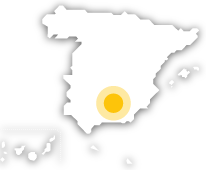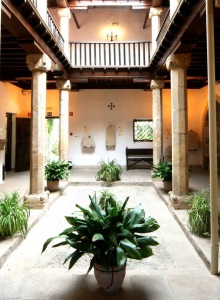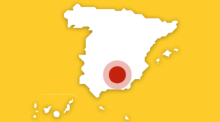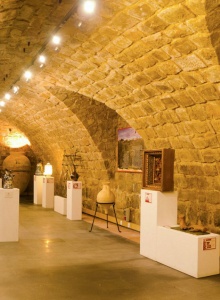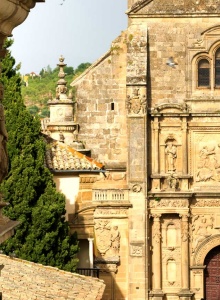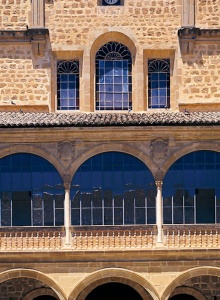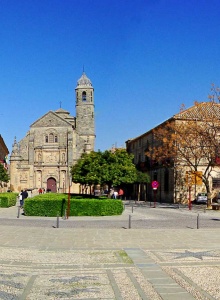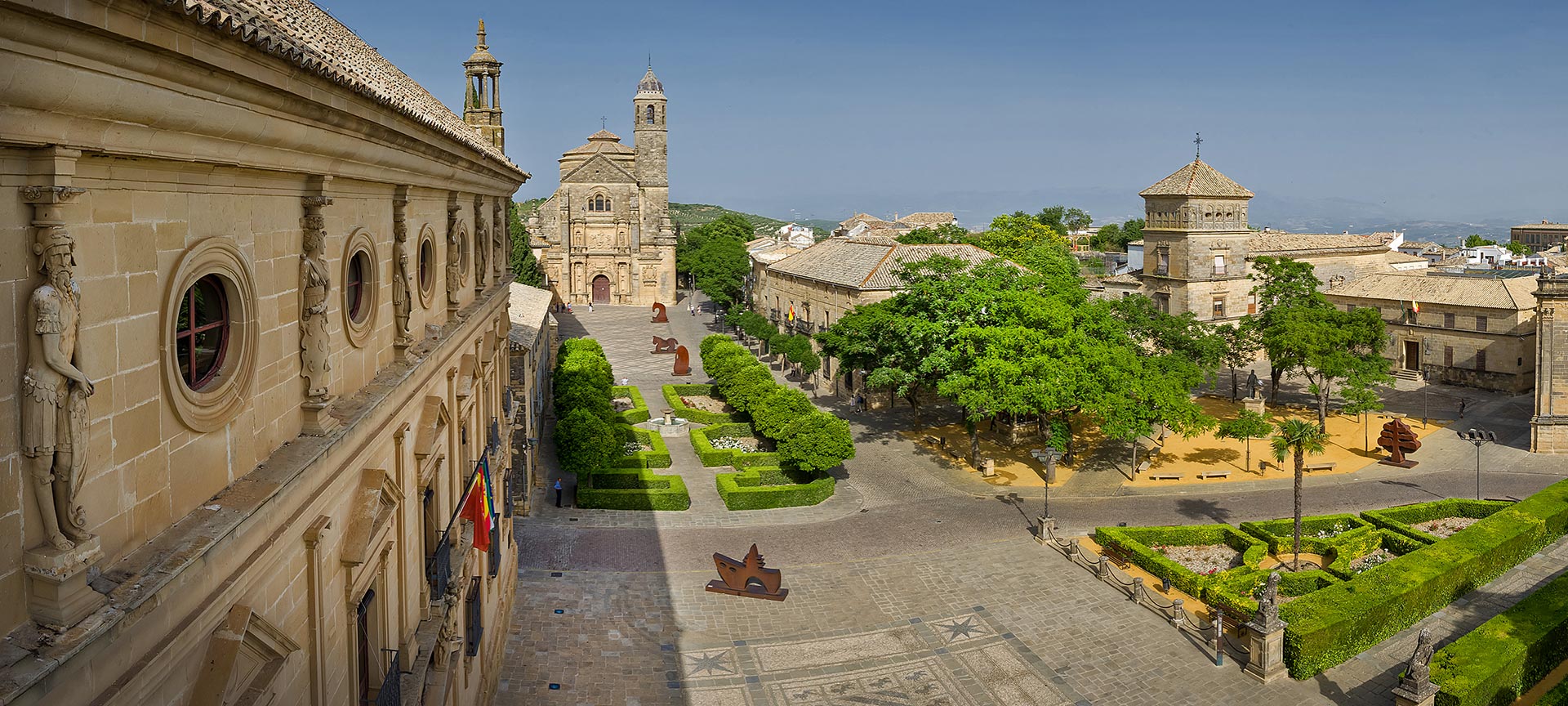
Beautiful Renaissance buildings are the main attraction in this World Heritage City, which with neighbouring Baeza is one of the best places in Europe to see Renaissance architecture and get a feel for what life was like in that period.
It’s an excellent option for inland tourism in Andalusia. As well as its churches, palaces and mansions, the landscape of olive trees surrounding it makes for a relaxing atmosphere. Its restaurants and tapas bars, and the chance to sample the famous local olive oil, do the rest.
Debe activar Javascript para poder utilizar este servicio
What to visit
Select from the list or hover over the map to find out about points of interest.
Activa JS
Travel plans for inspiring you
How to get there - transport information
Select the means of transport to see how to get there or how to get around at your destination.
How to get to aeroplane
-
Federico García Lorca Granada Airport. About 140 kilometres away. More information
-
Malaga – Costa del Sol Airport. About 250 kilometres away. More information
How to get to train
-
The Linares-Baeza train station is located 26 kilometres from Úbeda.
-
There are trains to Madrid (from 3hr 15min), Seville (around 2hr 30min) and Malaga (around 2hr 40min), among other destinations.
-
You can reach Úbeda from the railway station by car, taxi (20 to 30 minutes) or bus (around 50 minutes).
-
The AVE high-speed railway station in Cordoba is around 150 kilometres away.
How to get to bus
-
Úbeda bus station is located next to the city's historic quarter, a walk of between five and 20 minutes to the main tourist sites.
-
It has direct connections with places such as Baeza (a 15-minute journey), Granada (around 2 hours away), Málaga (around 4 hours) or Madrid (around 4 hours).
How to get there by road
-
From the north (Madrid, for example), take the A-4 motorway to Bailén and then the A-32.
-
From the south (Granada or Jaén), take the A-44 motorway and then the A-316.
How to get around in bus
-
Two local transport buses stop at the main points in the city.
-
Route 1 runs from about 7 am to 8.50 pm, and route 2 from 7 am to 4 pm.
How to get around in other means of transport
-
The best way to get around the old town centre is on foot.
-
Úbeda taxis are white with a maroon diagonal stripe on the door. There are taxi stands on Corredera de San Fernando and Calle San José (next to the bus and coach station).
-
Bikes. The city can easily be covered by bike, although you need to take into account that there are some fairly difficult slopes and most streets are cobblestoned. Some areas of Úbeda have cycle lanes. There is also an 8.5 kilometre cycle lane that connects the city to Baeza, highly recommended if you like cycling.
Shows, festivals, sports...
View some of the most relevant events you will be able to enjoy at the destination.
